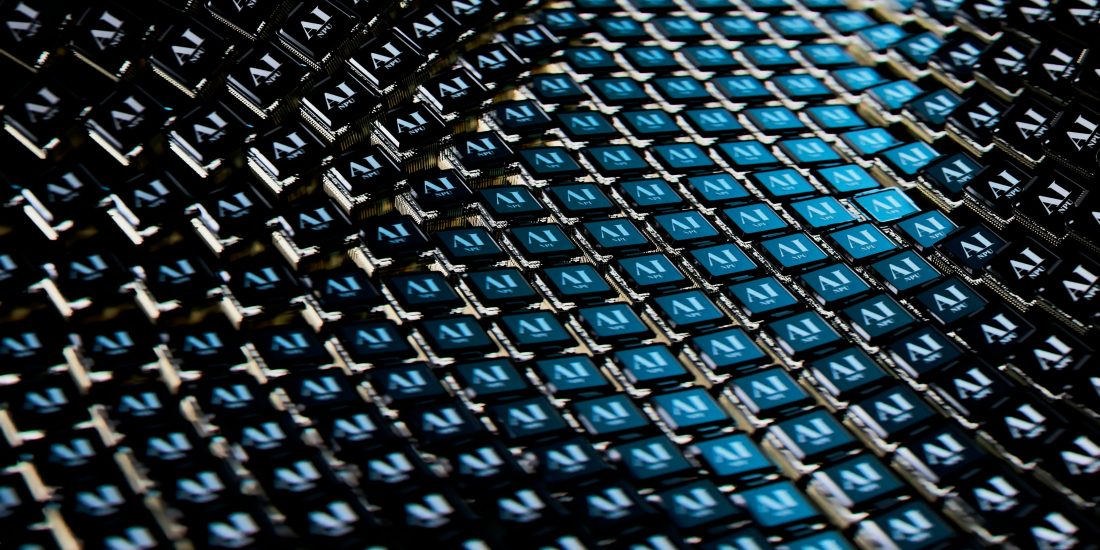iTracking Technology
![]() One might believe that the eye-tracking concept is a new discovery, it had its origins go back to the 1800s. The first person that made this amazing discovery, which backbones today’s innovations, was Louis Emile Javal. He noticed that reading is not a smooth process, rather a discontinuous one, interrupted by certain so-called fixations. For more than 100 years, researchers struggled to improve eye-tracking technology and bring it to fruition.
One might believe that the eye-tracking concept is a new discovery, it had its origins go back to the 1800s. The first person that made this amazing discovery, which backbones today’s innovations, was Louis Emile Javal. He noticed that reading is not a smooth process, rather a discontinuous one, interrupted by certain so-called fixations. For more than 100 years, researchers struggled to improve eye-tracking technology and bring it to fruition.
Today, after two centuries of research and developments, eye-interaction technology has a vital role in industries like automotive, healthcare, advertising, and retail, improving our daily lives and businesses. The market on this segment will continue to grow in the next few years, reaching $1 Billion by 2020, according to a MarketsandMarkets report.
Specific developments such as camera miniaturization, improved imaging, and connectivity & storage improvements, transformed eye-tracking technology into one of the biggest players in the digital world. Let’s make a brief summary of its benefits.
- User’s focus on specific areas can be proven
- A large volume of objective and quantifiable data can be collected
- Visual summaries of participant behavior are quickly and easily gathered
- Complements other evaluation techniques and can be used to triangulate findings
Eye-tracking technology is mostly used for usability tests, providing a more detailed analysis. However, like any other technology, this one has also drawbacks that might interfere with an accurate usability test:
Eye-tracking can be intrusive – Even if eye-tracking systems have improved over time and eye-tracking systems are almost impossible to spot by participants, there still is a sense of
intrusiveness. Most of the time, participants can have a sense of self-consciousness knowing that they are eye-tracked. Another limitation of these systems is that participants need to stay within the range of the eye-tracker, which might be a little bit uncomfortable.
Eye-tracking can’t track the peripheral vision – 98% of our visual field depicts our peripheral vision, which is untraceable by the eye-tracking systems. Due to this, these tests might be, in some way, misleading. Using our peripheral vision, we can, for example, see the entire screen and choose where to focus on. With this being untraceable, the test results will show that there are particular areas which the participant didn’t saw, when in fact, this is false.
Eye-tracking gives you the Where but not also the Why – The eye-tracking systems purpose is to highlight the area on which participants fixate their look. However, it doesn’t also provide a reason for that. For that matter, if a person fixates a certain field it doesn’t necessarily mean that she understood the element.
Bottom line, eye-tracking technology has evolved tremendously over the last few years, and it will continue to do so over the next as well. One purpose is to provide useful insights about consumer behavior, improving customer satisfaction and our overall businesses.
Photo source: https://pixabay.com/




